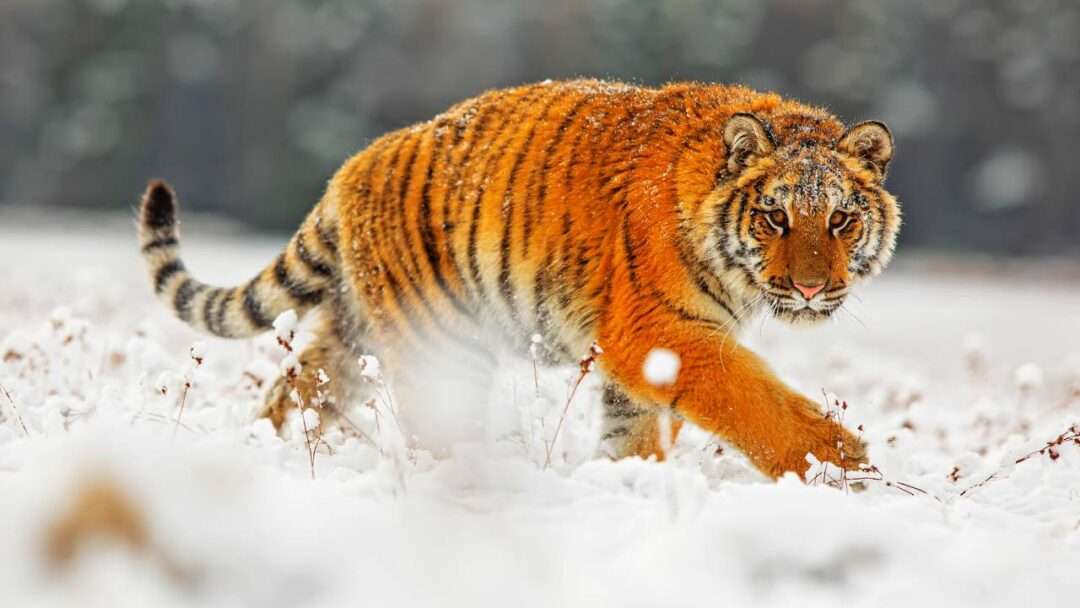The Siberian tiger is a subspecies of tiger and is also known as the Amur tiger. It is the largest member of the cat family and is found primarily in eastern Russia. With only an estimated 500 individuals left in the wild, the Siberian tiger is a critically endangered species. Despite this, it remains one of the most iconic and well-known animals in the world. Here are 10 fascinating facts about the Siberian tiger:
- Size and Weight: Siberian tigers are the largest of all the tiger subspecies. They can grow up to 11 feet in length and weigh as much as 660 pounds.
- Habitat: The Siberian tiger is found primarily in the forests of eastern Russia, particularly in the Amur-Heilong region. They prefer dense forests with a mix of coniferous and deciduous trees.
- Hunting and Diet: Siberian tigers are carnivorous and primarily hunt large ungulates such as deer, wild boar, and elk. They are also known to occasionally hunt smaller animals such as rabbits and fish.
- Adaptations for Cold Weather: The Siberian tiger’s thick fur and layer of fat helps to keep it warm in the cold Siberian winters. Their large paws act as snowshoes, allowing them to walk on top of snow and ice.
- Communication: Siberian tigers communicate with each other through a variety of vocalizations, including growling, roaring, and hissing. They also use scent marking to communicate with other tigers.
- Reproduction: Female Siberian tigers give birth to litters of 2-6 cubs. The cubs stay with their mother for up to 2 years before venturing out on their own.
- Conservation: Siberian tigers are a critically endangered species, with only an estimated 500 individuals left in the wild. Conservation efforts include protecting their habitat and cracking down on poaching.
- Threats: The biggest threats to the Siberian tiger include habitat loss, poaching for their fur and body parts, and conflict with humans.
- Cultural Significance: The Siberian tiger has played an important role in the culture of the region where it is found. It is often depicted in art and folklore as a powerful and revered animal.
- Economic Benefits: The presence of Siberian tigers in the wild can have economic benefits for the local communities. Ecotourism centered around tiger viewing can bring in significant revenue.
Conclusion: The Siberian tiger is a magnificent animal that plays an important role in the ecosystem of its habitat. However, it is also a critically endangered species that is facing a number of threats. By learning more about these fascinating creatures, we can better understand their importance and work to protect them. In summary, some of the key takeaways from this article are:
- Siberian tigers are the largest of all tiger subspecies
- They are found primarily in the forests of eastern Russia
- They are carnivorous and primarily hunt large ungulates
- They are adapted for cold weather and use a variety of communication methods
- They are critically endangered, and conservation efforts are ongoing.






Pingback: Insane Biology Of The Tiger | Animal TV Hindi